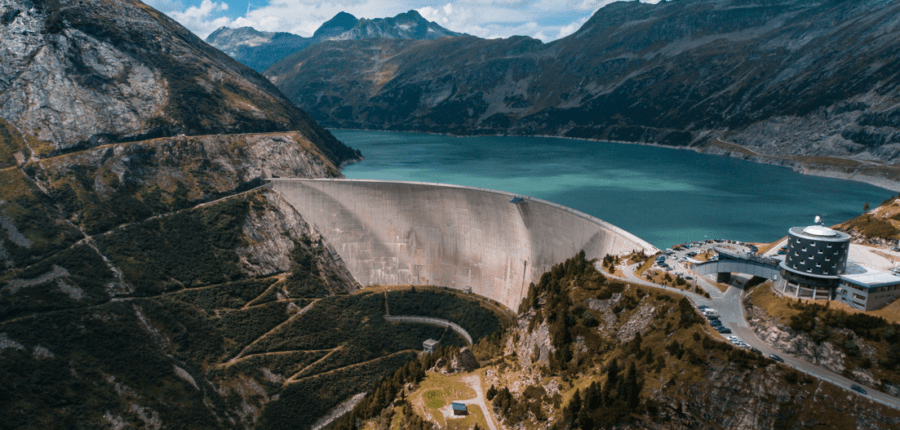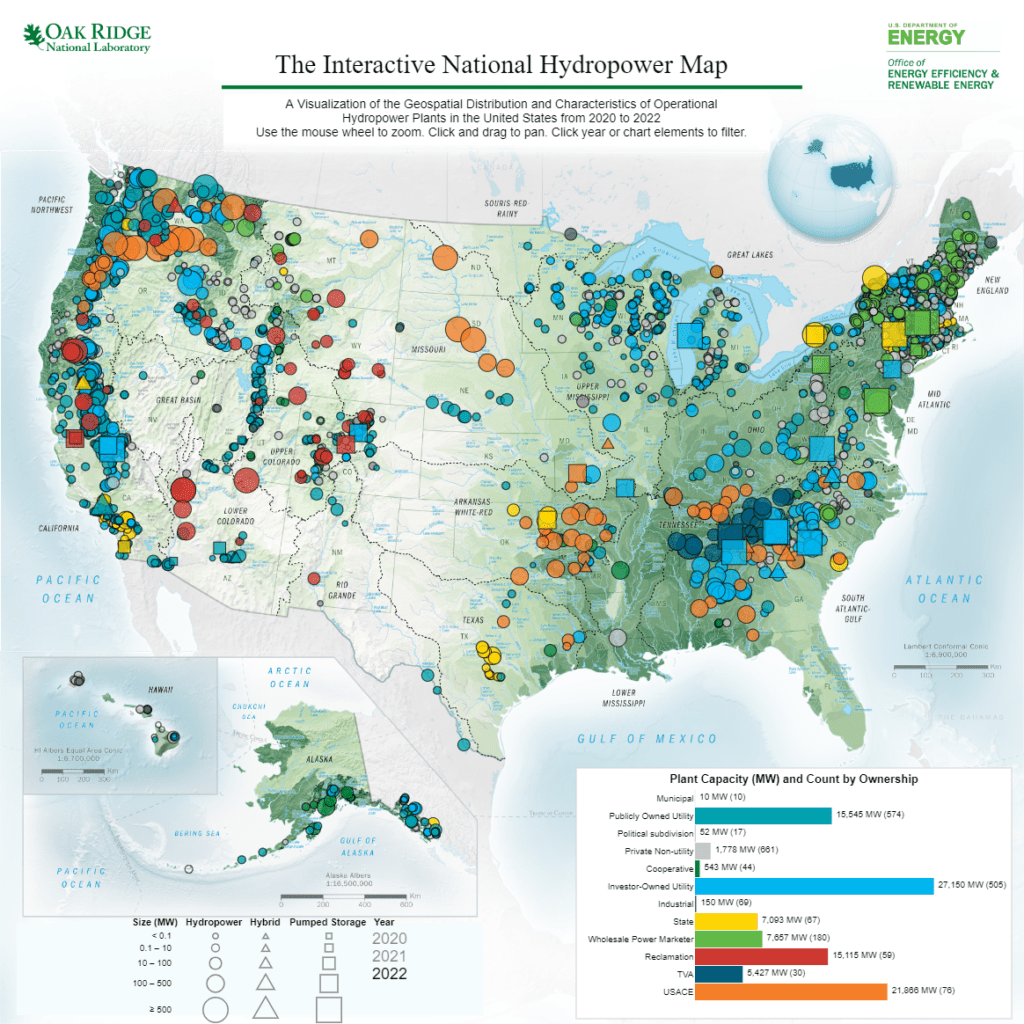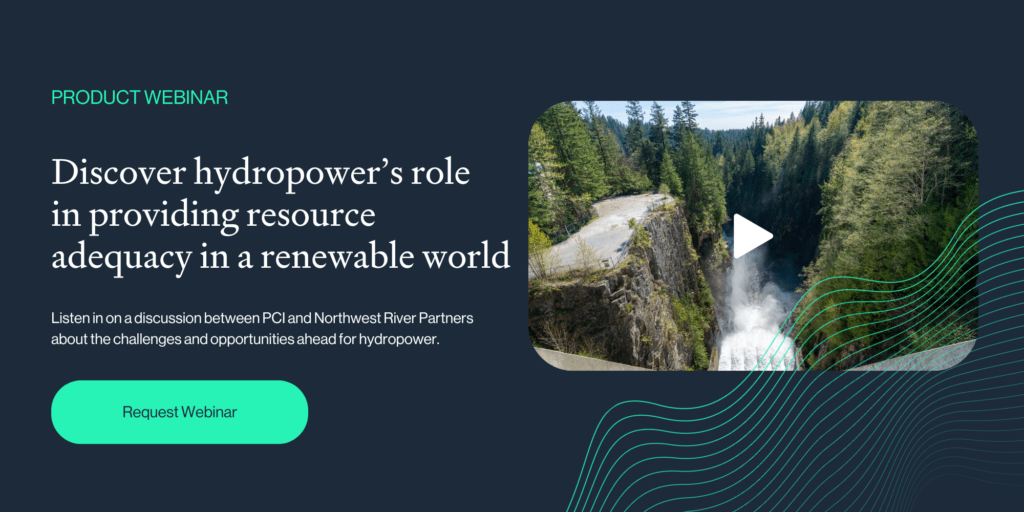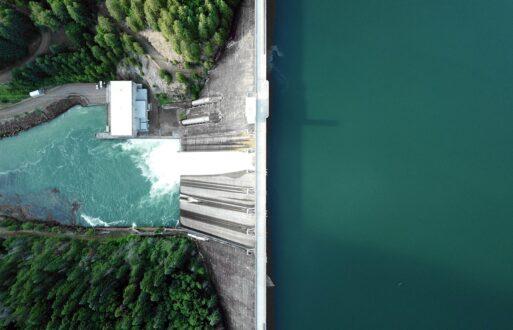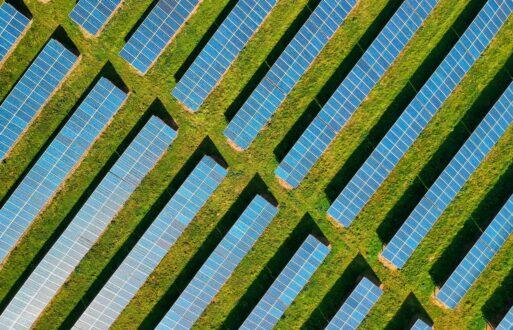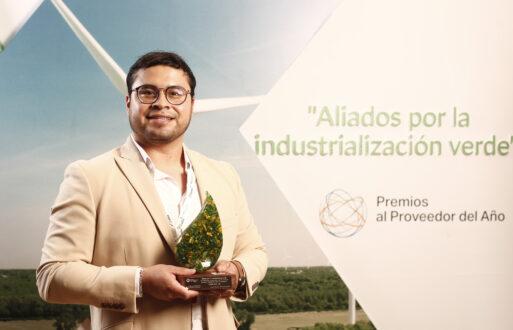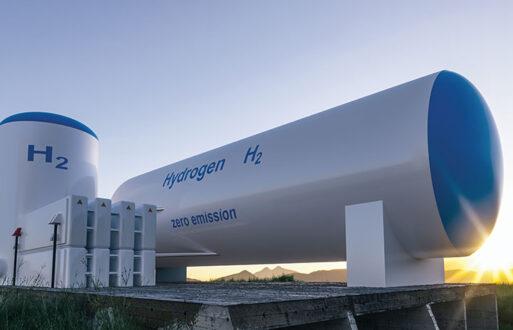In recent years, the nation’s clean energy efforts have widely focused on the development of solar and wind generation technologies. But there’s another source of renewable energy that’s been on the stage for thousands of years and should not be excluded from energy transition discussions — hydropower.
Hydropower facilities harness the natural flow of water to generate electricity. While a renewable and clean source of power, hydropower projects can have significant environmental impacts that must be carefully managed. In this article, we explore what effects hydropower has on the environment and how these impacts are being addressed through sustainable practices and innovative solutions. This approach ensures hydropower continues as a viable and responsible energy solution.
Hydropower is a crucial component of the solution for the energy transition. As a renewable energy source with a long history of reliable power generation, hydropower offers several advantages in the shift towards a clean energy future. Pumped storage hydropower (PSH) is particularly promising, as it provides utility-scale, long-duration energy storage that can help balance the intermittency of wind and solar resources. This reduces reliance on fossil fuel generators and supports grid stability. Recent studies by national laboratories have also highlighted the potential of closed-loop PSH technology to minimize environmental impacts, making it a more sustainable option for expanding hydropower capacity. By leveraging innovative technologies, optimized operations, and strategic site selection, hydropower can play a significant role in achieving climate goals while ensuring a reliable power supply.
Environmental impacts of hydropower
How does hydroelectricity affect the environment? While hydroelectric power projects are a renewable source, they can have significant environmental impacts. These impacts arise primarily from the construction and operation of dams and reservoirs.
How hydropower affects the environment
Damming a river creates a reservoir, which inevitably disrupts the local ecosystem. Fish migration routes can be blocked, leading to devastated populations like the Chinook Salmon in the Klamath River on the Oregon-California border. Wildlife habitats are impacted as water flow, temperature, quality and sedimentation patterns change.
Beyond biodiversity impacts, the construction of large dams requires massive amounts of concrete, a carbon-intensive material. Cement production for projects like the Hoover Dam released huge amounts of greenhouse gases. Quarrying sand and gravel also causes habitat destruction.
Additionally, reservoirs can be sources of methane, a potent greenhouse gas, due to decaying organic matter in the stagnant water.
Climate change risks to hydropower
As the effects of climate change intensify, shifting rainfall patterns and increased droughts may reduce water flows to hydropower facilities. For example, the U.S. Southwest has experienced a 22-year megadrought, drastically lowering water levels in Lake Powell and Lake Mead, which feed hydropower plants like the Hoover Dam.
Protecting the environment is key to long-term sustainability of hydroelectric generation. Prudent site selection, innovative technologies, and optimized operations can mitigate environmental harm.
Improving hydropower while managing impacts
There are several key strategies and approaches that can help mitigate the environmental impacts of hydropower projects.
Mitigating biodiversity effects
Reestablishing fish migration routes is crucial. Well-designed fish ladders, trap-and-haul systems, and creative solutions like pressurized “salmon cannons” have helped reduce impacts on migrating fish populations. Controlling water release from dams to mimic natural flow patterns also minimizes disruptions to sediment dispersal and water quality.
Sustainable construction and operations
On the construction side, environmental impact assessments allow site selection that minimizes ecological disturbances. During operations, regularly flushing reservoirs can reduce methane buildup from vegetation decay.
New turbine designs are improving fish survival rates and sediment transport while using fewer lubricants that contaminate waters. Keeping waterways clear of debris is also vital for biodiversity and water quality.
Optimization and AI-driven solutions
PCI Energy Solutions’ hydropower optimization tools leverage artificial intelligence, advanced modeling and data analytics to drive sustainable practices throughout a facility’s lifecycle:
- Site selection analysis minimizes environmental impacts before construction by identifying optimal locations
- Operational AI optimizes water release schedules to replicate natural flow patterns for fish migration and sediment management
- Predictive analytics forecast drought risks, allowing proactive conservation and climate resilience strategies
- Coordinated multi-asset optimization enables maximizing hydropower assets alongside thermal, renewable and energy storage resources for a holistically optimized portfolio
PCI’s solutions integrate emissions tracking, environmental commitments, license requirements and other regulatory factors into the optimization models across all planning horizons. This comprehensive approach ensures hydropower companies can balance clean energy generation with environmental protection through data-driven decision-making.
Automated workflows, enhanced reporting capabilities, and accurate simulations based on real operating conditions further empower operators. By leveraging PCI’s tools, hydropower companies can reliably supply more clean electricity at lower costs while respecting ecological constraints.
The path to sustainable hydropower
Hydropower is a vital renewable energy source, but addressing its environmental impacts is critical for long-term sustainability. Through innovative technologies, optimized operations, climate adaptation and science-based site planning, hydropower generation can be improved responsibly with a reduced ecological footprint.
As the energy transition advances, PCI’s optimization and AI tools provide hydropower operators the capabilities to generate cleaner electricity while safeguarding the environment for future generations. By maximizing the output and lifespan of hydropower assets while minimizing environmental impacts, operators can reduce the overall cost of hydropower generation over the long run.
As the energy transition advances, PCI’s optimization and AI tools provide hydropower operators the capabilities to generate cleaner electricity while safeguarding the environment for future generations.

